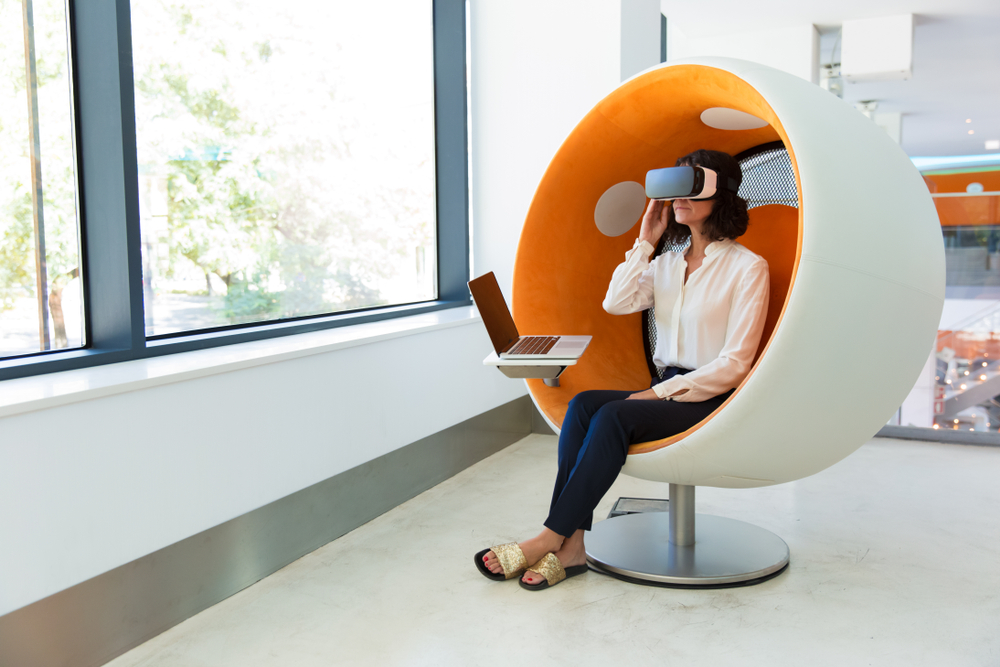“Before the pandemic, the conventional wisdom had been that offices were critical to productivity, culture, and winning the war for talent,” reports McKinsey and Co. They follow this astute observation by explaining how these attitudes changed drastically during COVID-19. With companies across the globe adapting to a remote work culture, the workspace found itself entirely redefined.
As work-from-home became the norm, employees often felt liberated from long commutes to and from work. More flexible work schedules also helped them better balance their personal and professional lives. Such positive changes lead to a worldwide preference for working from home rather than going to an office.
However, over a period, many professionals indicated that they would like to return to the physical office space. Having a dedicated office helps some people maintain the boundary between the professional and personal, allowing them to focus better on both spheres. Companies too recognized both perspectives, and, as the COVID-19 threat lessened and restrictions eased, the hybrid office became the focus of conversation, with over 70% of corporate leaders planning to offer hybrid work options.
How the hybrid workplace reimagines space in 2022
One of the main concerns companies tackle when reimagining offices in a post-pandemic world: how to ensure that both in-office and remote employees can contribute equally to the company. This also involves ensuring they have equal access to all materials on any relevant projects.
As a solution to these needs, hybrid offices are likely to adopt various methods to maintain team productivity and morale.
- Creating technologically enabled team-based spaces. Large conference rooms with a screen at the end of a long table were the norm in the pre-pandemic era. Now, smaller team-oriented focus spaces or concentration zones will probably become the norm alongside the larger conference rooms. These spaces will come equipped with audiovisual capabilities, designed considering the people not in the room, i.e., the people joining remotely. More monitors may also be incorporated, allowing teams to break off into smaller rooms both remotely and physically. Such changes, alongside existing features like raising hands and using the chat option on virtual platforms, will improve communication within teams.
- Prioritizing fluidity and flexibility in floor plans. While open-floor office plans were all the rage pre-pandemic, many employees disliked this setup. They felt it compromised privacy, consequently affecting morale and performance. A fluid office would cut down on real-estate costs by introducing movable boundaries. This would also allow several businesses to operate within the same space, allowing teams to break off as necessary. Steelcase explored how this model would work through their WorkCafe, using dividers to ensure privacy for their employees while giving them the flexibility to participate in collaborative activities, when they chose to do so.
- Introducing satellite offices. In the case of smaller companies or teams with employees unwilling to commute long distances to work, satellite offices could be set up. This involves a company renting a smaller office space closer to their employees’ homes to create an accessible, collaborative space, while people living farther away can join remotely. The company may even choose to forgo a larger office in favor of multiple such smaller setups.
The key challenge facing hybrid spaces is the need to enable individual focus while supporting possibilities for collaboration. The smart, tech-savvy workplaces meet this need. They remove barriers between in-office and remote workers, allowing teams to meet in person for more intense work such as brainstorming sessions while ensuring people have the support needed to improve individual productivity. That’s more autonomy for people, and more flexibility to choose how they want to do their best work.








